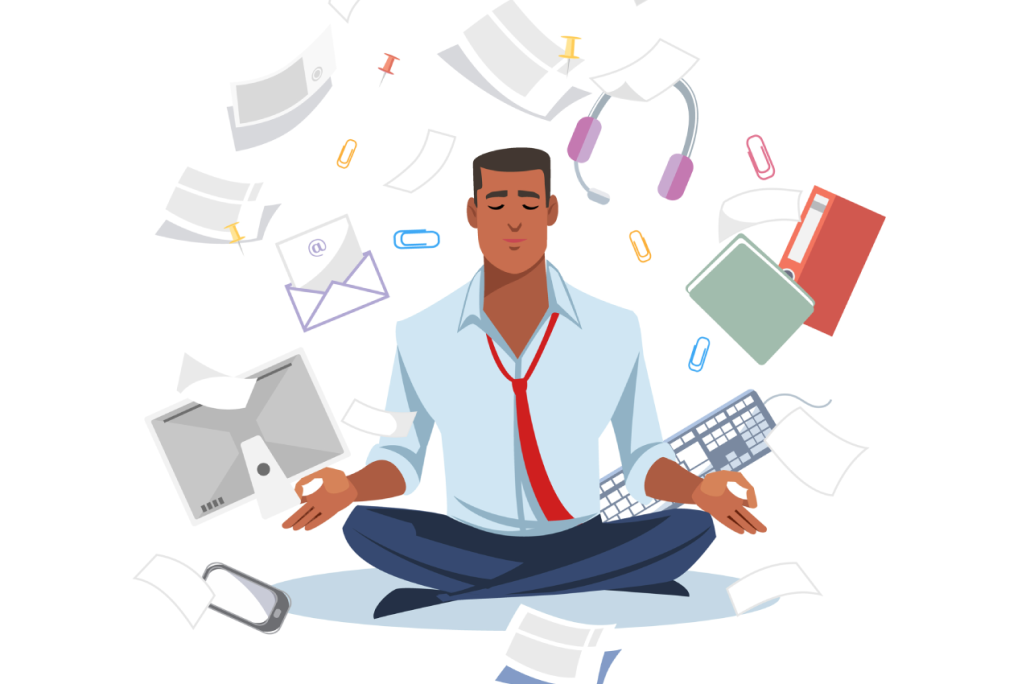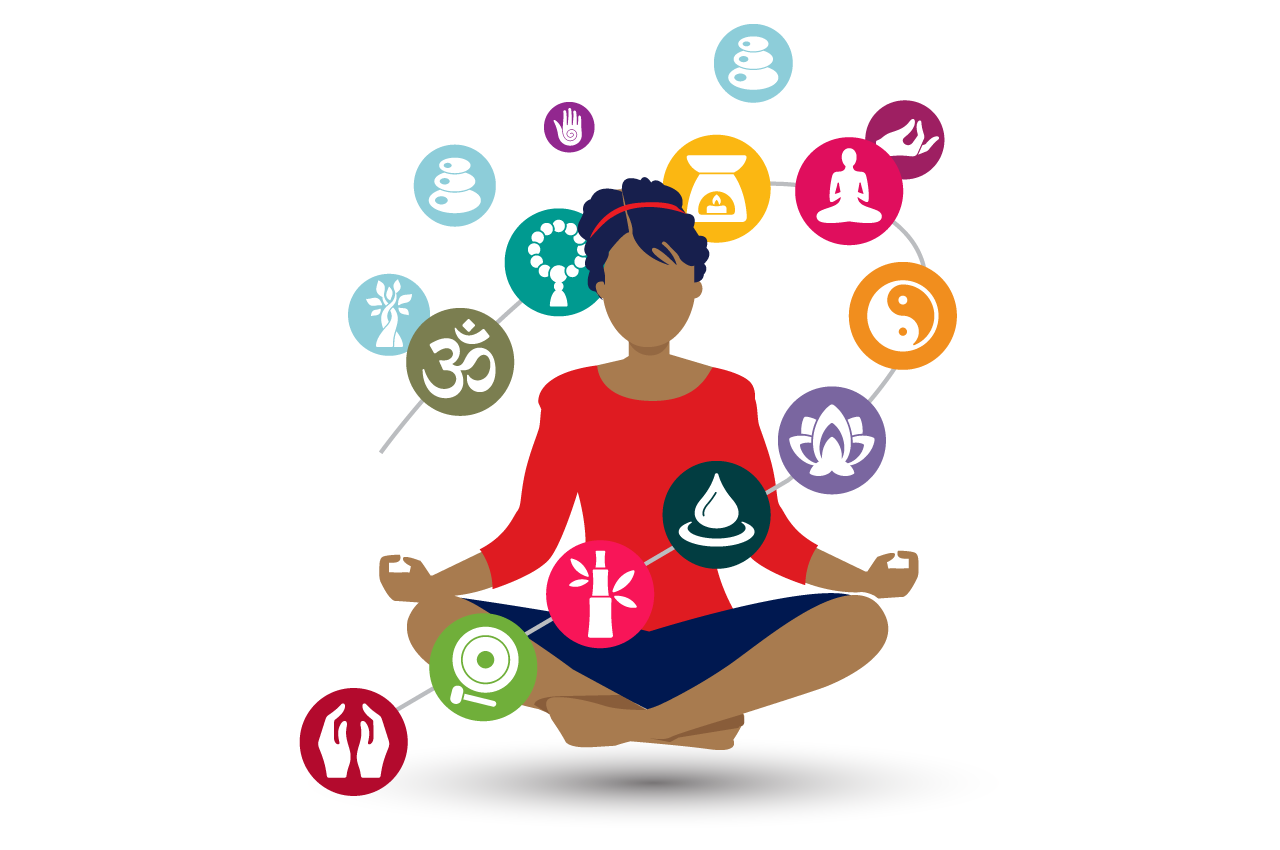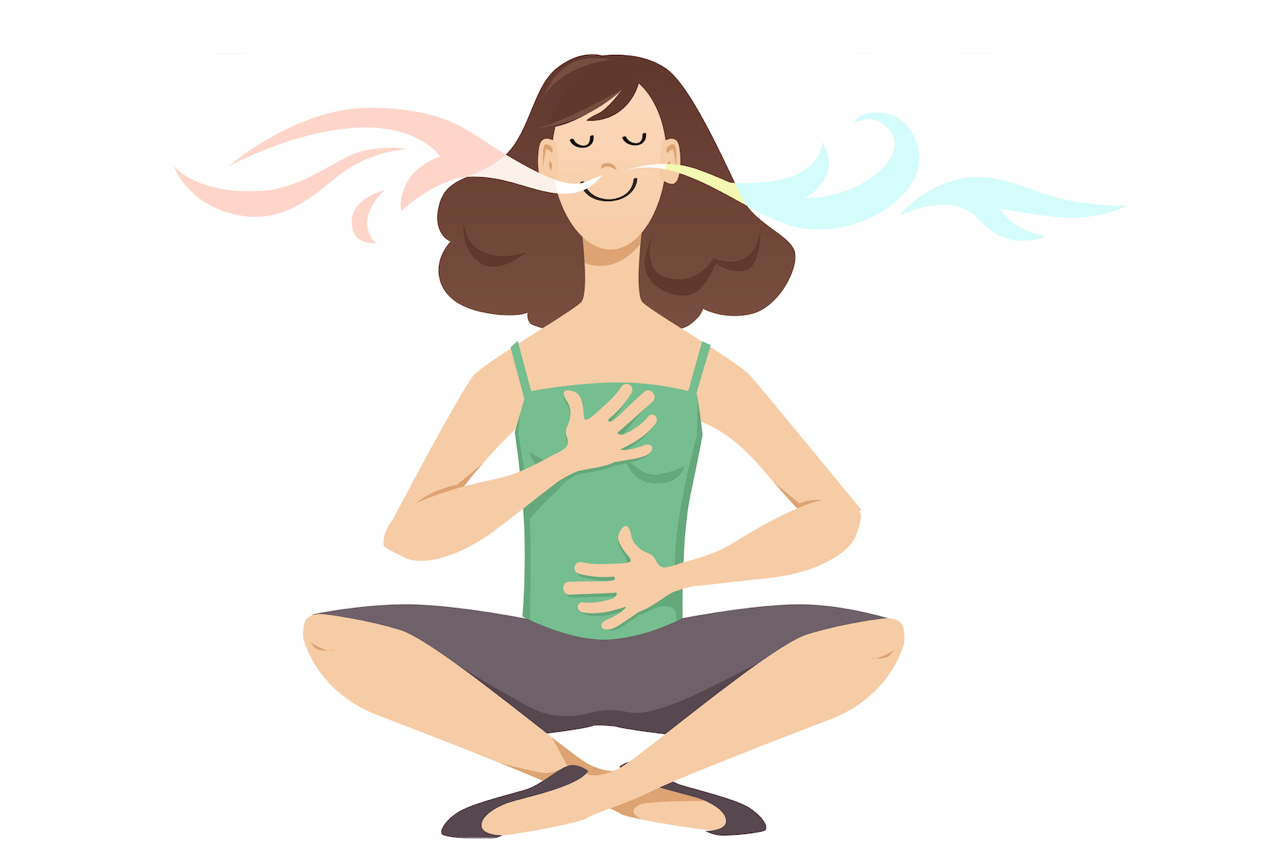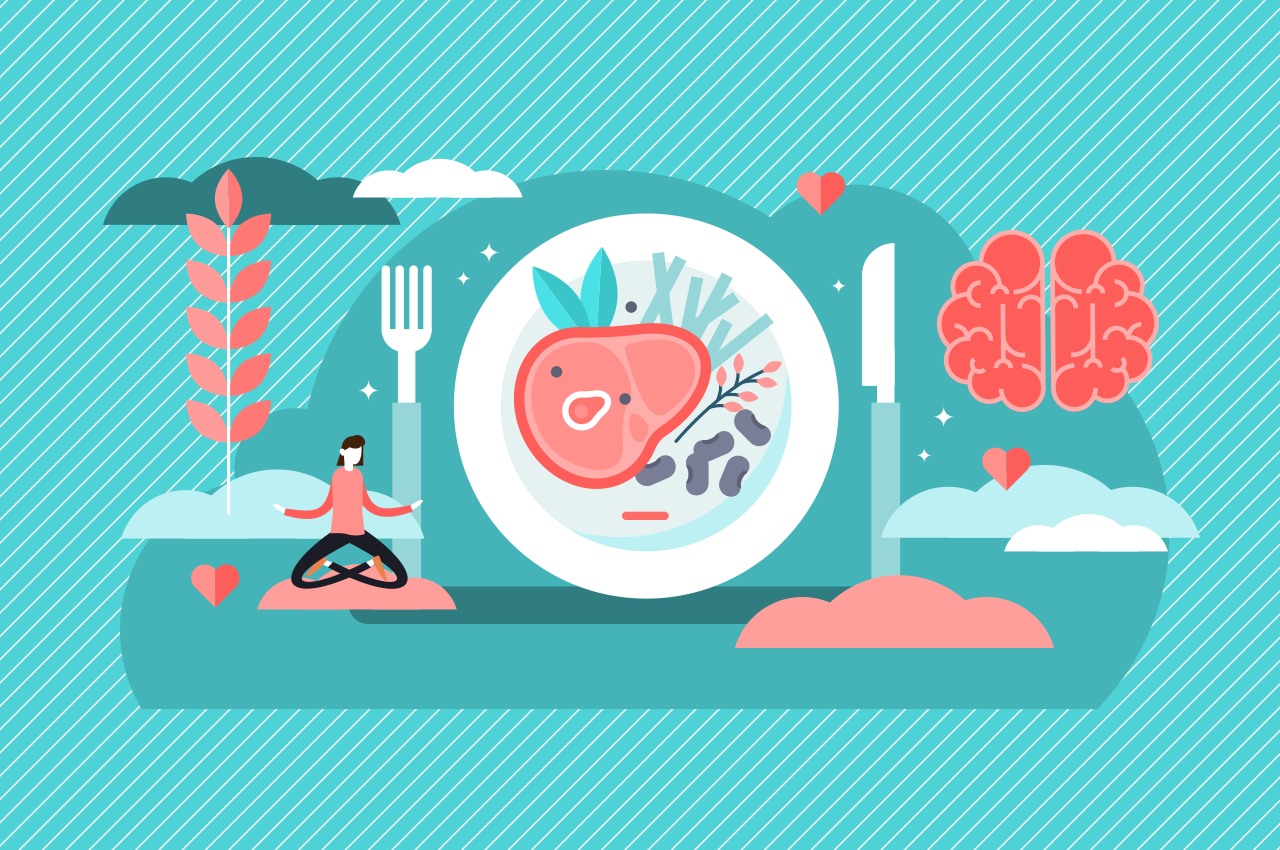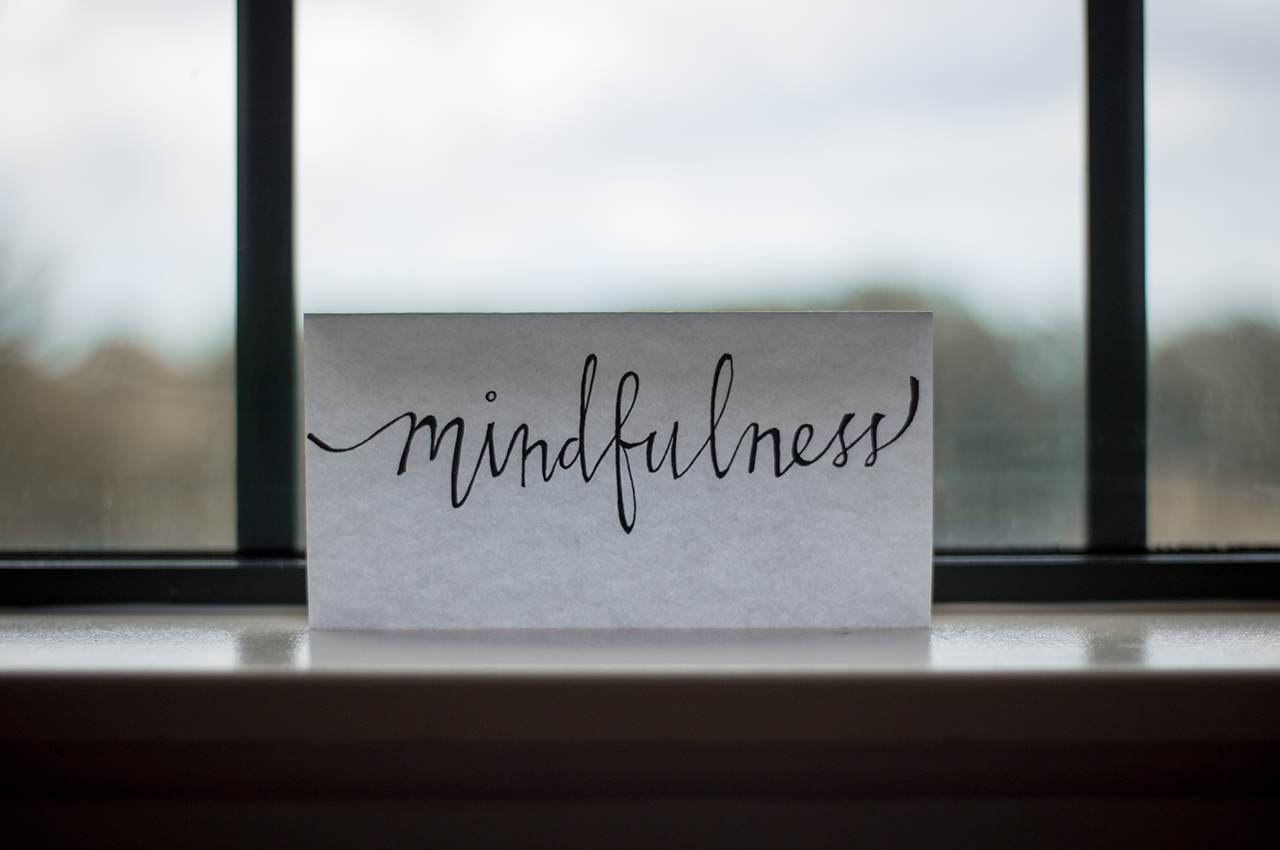“With great power, comes great responsibility…” Peter Parker, AKA Spider-Man
Whether or not you like superhero movies, there is a good reason why they are so popular: Even though the likes of Wonder Woman, Batman and Thor are larger-than-life characters, these superheroes essentially go through similar challenges we do. Spiderman suffers loss, suddenly has more power than what he ever wanted or dreamed of, and has to confront what this means to him. In his story, we see some of our own struggles reflected, and it inspires us to think differently about our lives:
“What do I do with this power I’ve been given?”
“How do I contribute not only to myself, and my family, but to humanity at large?”
“Can I live with my conscience, if I don’t somehow give back?”
“How much can I expect of myself?”
These are all questions we need to navigate daily as we make our way through the world. And although these are tough questions to ask, they open up incredible opportunities to live meaningful, fulfilling lives.
Reframing responsibility
Do you remember those days when food just appeared on your table, your house was given to you and you didn’t have to think about bills at all? Your biggest responsibilities were to brush your teeth, eat your veggies and get to bed on time. Oh, what it would be to be 5 years old again!
As adults, our responsibilities can get to the point where we feel trapped / weighed down by them. All the cares of the world, the people who depend on us and expectations of our peers can create a lot of strain. How, then, do we take up our responsibilities as citizens of the world, without buckling under the weight of them?
Ironically, when we were kids, we played dress-up games, wearing mom’s shoes, and pretending we were grown up. “If only I could be big and strong, then I can make any decisions I want!” As adults, you may be wishing you could be a carefree child again!
Responsibility doesn’t have to be a burden. In fact, if we break the word down, we see:
Responsibility = response-ability = the ability to respond.
As an adult, you have the ability to respond to life’s demands. As a 5-year old, you may have felt more carefree, but you also had less power. You had less options, you were vulnerable in the world, and you didn’t have the amount of choices and freedoms you have now.
The degree of your responsibilities reflect the degree of your power: if you decide to harness that!
Are you responsive, or reactive?
To harness this power requires skill. Just like our superheroes, we need to train and hone our powers, so we can create the changes we wish to see in the world.
- When you are faced with a difficult decision, do you react in old, unhelpful ways
- Do you go onto social media to numb out from your responsibilities?
- Do you blame and complain about how wrong things are in the world?
- Do you get emotionally worked up, and lash out at your loved ones?
- Do you collapse into depression, completely overwhelmed with your life’s demands?
It is possible to train ourselves out of these victimising mind-sets, so we are more available and responsive to the world around us. To do this, we need to practice slowing down.
The next time something happens that triggers you to be negative, slow down, take a breath, and check-in with yourself:
“How do I want to respond to this situation?”
The more we allow ourselves to feel into, and trust our ability to respond, the more able we will be to meet life’s demands.
A simple practice:
Focused, mindfulness meditation practices can be very useful to help train your mind to become less reactive. In time, you will be cooler under pressure, make smarter decisions and even improve your relationships
Know your limits
A superhero is not complete without some vulnerability. In every movie, Spider Man has to confront his own limitations. He has to recognise that, even with the superpowers, he is not all-powerful.
How often do you stop to admit your own limitations, and set some boundaries? Maybe your boss asks you to work longer hours than you’re comfortable with, but you keep saying yes. Maybe your new partner wants you to move in with them, but you don’t know if you’re ready.
Responsibility is not just about doing more, but also about knowing when to do less. Every time we say ‘yes’ to something, we say ‘no’ to something else.
A simple practice
- List all your responsibilities on a sheet of paper.
- Organise your responsibilities from most important to least important.
- When you’re confronted with choosing one thing over another, check with yourself: which of these are more important to me? Remember: by saying ‘yes’, you are already saying ‘no’: make sure you choose wisely!
Conclusion:
Some days, you may feel like you’re Super Girl. Other days, you may be dragging your feet out of bed. Just give yourself permission to face what you can today, and develop trust that what you do – however small – matters.
“You’re going to make a difference. A lot of times it won’t be huge, it won’t be visible even. But it will matter just the same.” – James Gordon

